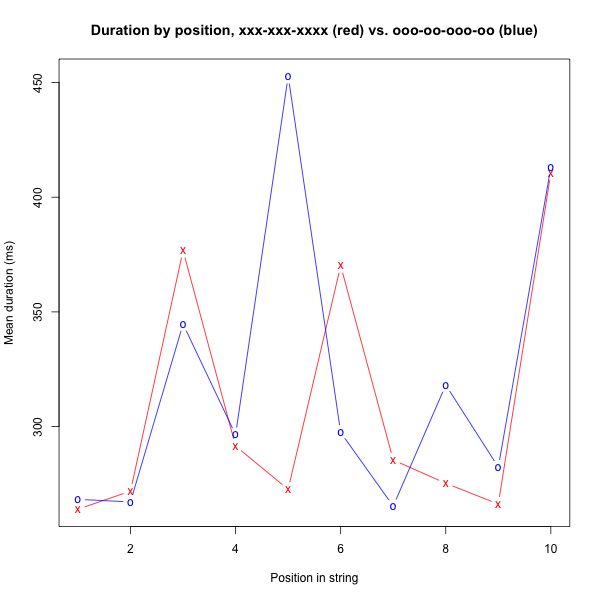Andrew Byrd reading Schleicher's Fable
Eric Powell, "Telling Tales in Proto-Indo-European", Archaeology Magazine:
In 1868, German linguist August Schleicher used reconstructed Proto-Indo-European vocabulary to create a fable in order to hear some approximation of PIE. Called “The Sheep and the Horses,” and also known today as Schleicher’s Fable, the short parable tells the story of a shorn sheep who encounters a group of unpleasant horses. As linguists have continued to discover more about PIE, this sonic experiment continues and the fable is periodically updated to reflect the most current understanding of how this extinct language would have sounded when it was spoken some six thousand years ago. Since there is considerable disagreement among scholars about PIE, no one version can be considered definitive. Here, University of Kentucky linguist Andrew Byrd recites his version of the fable using pronunciation informed by the latest insights into reconstructed PIE.
Read the rest of this entry »




